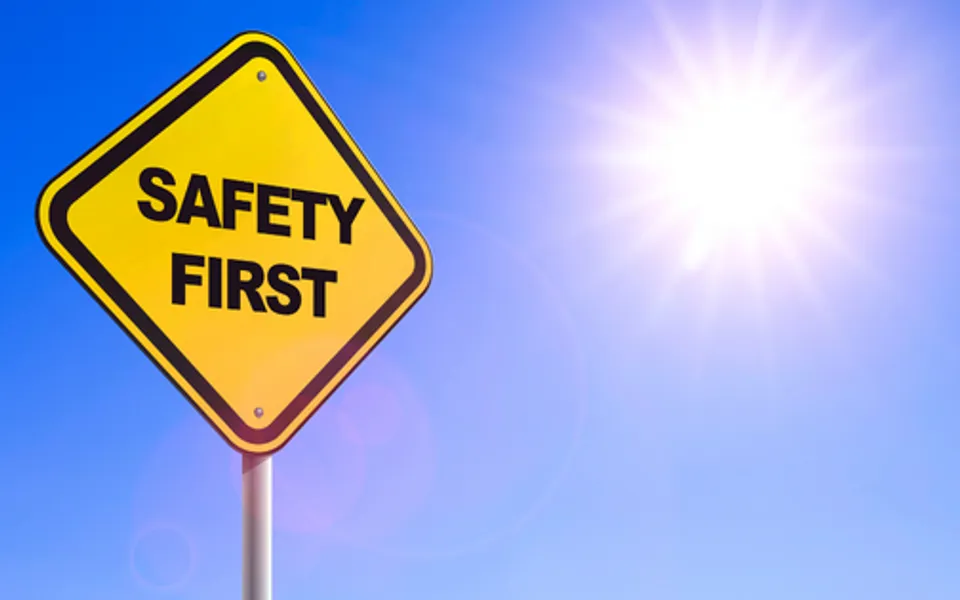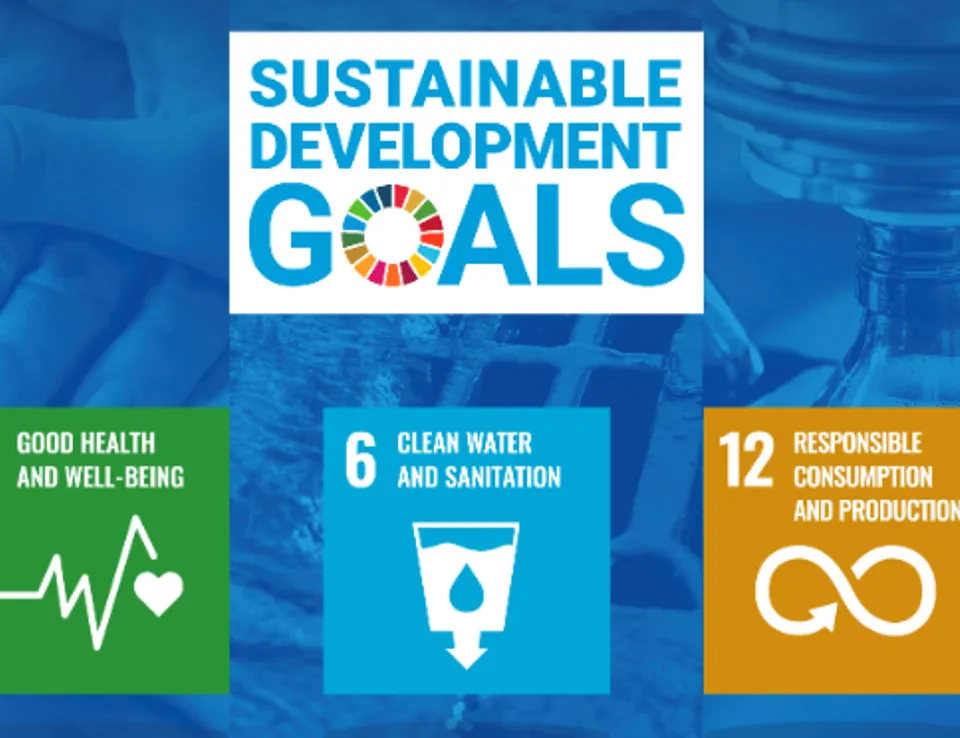
How to develop a chemical safety strategy across your supply chain
21 Mar 2023
According to recent market analysis reports, ‘the global chemicals’ market is expected to record a value of US$6.58 trillion in 2026, recording growth at a [compound annual growth rate] of 7.38% for the period 2022-2026.’ It is crucial that as an industry we recognise that with increased opportunity comes increased risk.
Understanding and mitigating your risk portfolio.
If your organisation intends to expand successfully, particularly on an international scale, you must understand and mitigate your risk portfolio across supply chains of ever-increasing complexity. If unchecked, the impact of a chemical incident can rapidly spiral out of control. Loss of life or serious injury; environmental damage; irreparable harm to your commercial reputation – the price of a chemical incident goes far beyond the financial cost!
Implementing a comprehensive programme of risk mitigation, crisis management and regulatory compliance is a complex task. It requires a top-down approach and action, ranging from handling materials’ training to creating an emergency response infrastructure to reduce the impact of an incident.
Developing a chemical safety strategy across your supply chains
A step-by-step framework for developing a competitive, compliant and commercially responsible chemical safety strategy across your product’s supply chain can be found in our free to download whitepaper, ‘The cost of inaction’.
Recommendations
- Understand your organisation’s risk portfolio across your supply chains – every organisation has a different risk portfolio. We recommend you quantify the potential direct and indirect costs to your organisation of an incident involving your product(s).
- Identify the limitations of your safety strategies – determine if there are limitations to your organisational knowledge, training programmes or processes, and decide if action is necessary to fill the gaps.
- Prioritise stakeholder, end-user and public safety – while implementing best practice in chemical safety in your organisation must be financially viable, we urge you to prioritise stakeholder, end-user and public safety, underpinned by actions that deliver duty of care throughout your activities.
The five pillars of chemical safety – governance, finance, mitigating risk, incident response and distribution – form an essential framework on which to build an effective crisis-management and mitigation system, reducing the risk and the cost of operating across the global chemical supply chain. In applying this process, product safety managers are able to identify the limitations in their safety strategies and take actions to fill gaps in capacity.
As chemical markets grow and supply chains become more complex, the risks of a major chemical incident becomes statistically greater. The ability to quantify the cost of inaction provides a powerful tool to advise senior management on the best ways to protect people, property, the environment and their businesses. We understand it can be difficult to understand the potential cost of an incident to your business and that is where our white paper providing practical framework based on five critical and interlinked pillars of professional chemical safety can help.
Why you should choose Ricardo as your telephone emergency response partner
Your organisation’s commitment to protecting people and the environment is important to us. You want to make sure, when an incident occurs involving a harmful chemical, advice is available to safely support those on the scene. Ricardo’s emergency responders have extensive chemical and environmental knowledge. They provide advice and not just information. This means in the event of an incident, our emergency responders will advise beyond the information contained on a safety data sheet, helping to manage the risk of harm being inflicted on people or the environment.
Our service is available 24/7 and 365 days of the year, through a network of international telephone numbers and local language speakers, so it looks and feels like a local service. Our telephone emergency response service is aligned with the European Chemical Industry Council (Cefic) Guidelines for Level 1 Chemical Emergency Response and the Guiding Principles of Responsible Care®. We take full responsibility for and stand by the quality of the advice we provide, which is underwritten by our comprehensive liability insurance.




 Follow Ricardo plc for regular updates
Follow Ricardo plc for regular updates




